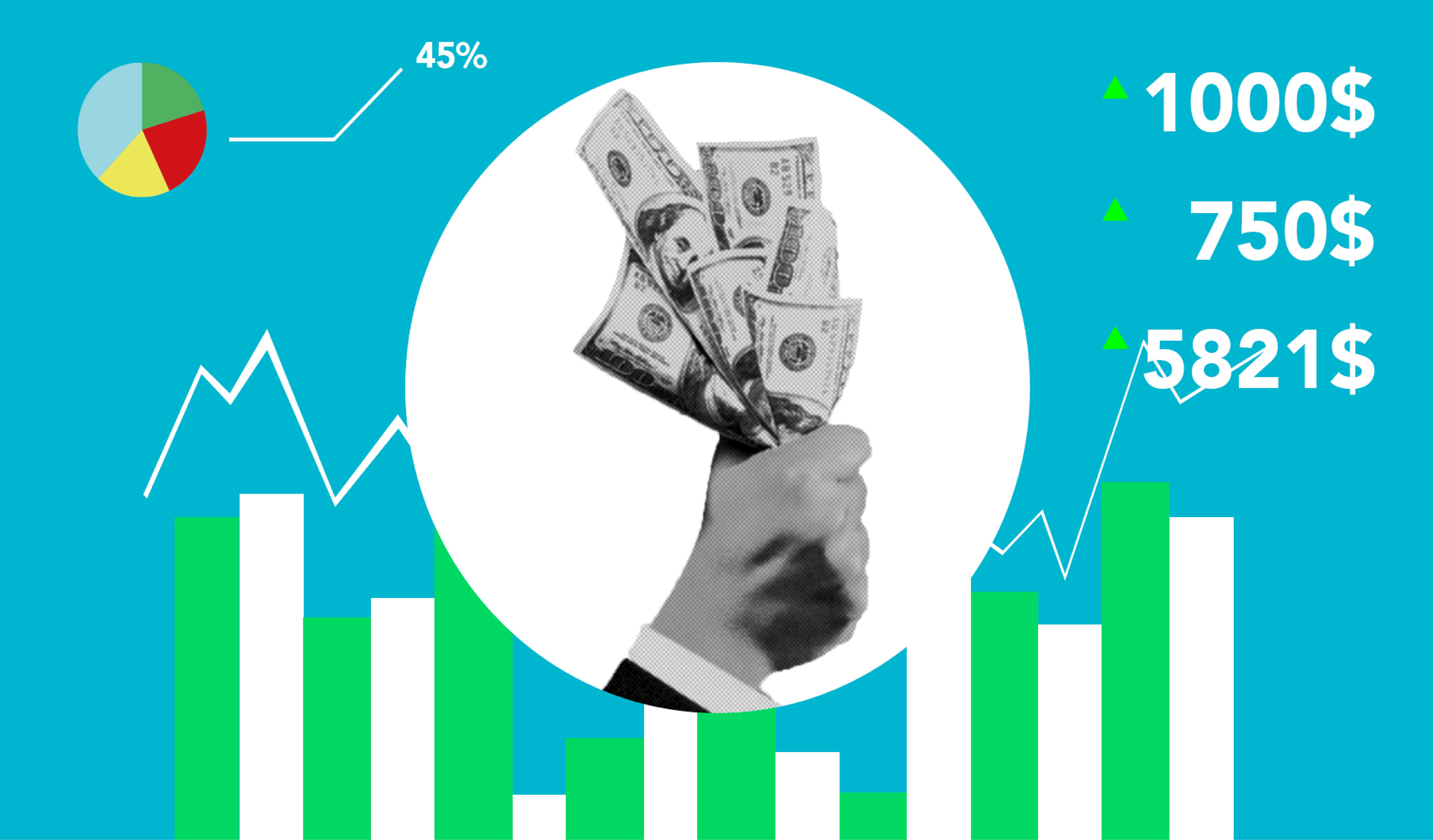Why Are Carbon Credit Exchanges
As the world continues to deal with the threat of climate change, the use of carbon credit exchanges is on the rise. These markets allow individuals and businesses to trade in greenhouse gas emissions. The process works by combining a variety of credits. For example, a company may purchase carbon credits to offset their emissions from industrial production, travel, and delivery vehicles.
There are two types of carbon credit exchange: the voluntary and regulated markets. The voluntary market is one in which the underlying project is not regulated by a government. This allows companies to buy or sell credits from projects that would have been undertaken anyway.

The regulated carbon market is based on laws that require companies to reduce their emissions. These laws often set a maximum quota of carbon emissions for a particular industry. If a company exceeds the quota, it can buy extra allowances from another organization. The allowances are sold in the international carbon market. The prevailing market price determines the value of the allowances.
Why Are Carbon Credit Exchanges Still Being Used?
The demand for carbon credits comes from several sources. Corporate sustainability goals, private entities, and other actors who are looking to make a profit are the main drivers of the demand. In the regulated carbon market, the governing bodies of the countries manage this process through national registries. These registries are validated by the UNFCCC.
In order to maintain the integrity of the carbon credit market, many investors and sellers prefer to use carbon tokens. These are tokens that contain information and regulations encoded into a smart contract. These smart contracts are maintained on a digital platform, and a buyer and seller can conduct business in real time. Using this system, buyers and sellers can eliminate intermediaries, which means that transaction and settlement processes are more efficient.
Tokenization can also increase transparency in digital carbon exchanges. Tokens are a form of currency that can be purchased or traded by individuals or corporations. Each token is associated with an underlying project and has a unique set of attributes. As a result, the price of each token will vary, depending on the underlying project. For example, a farmer who plants trees after receiving a government conservation program may get a discount.
The growth of the voluntary carbon market has been tremendous in recent years, owing to the Paris Climate Agreement. However, there are still many obstacles to overcome, and many businesses and organizations will not be able to eliminate their emissions entirely. In fact, many firms and businesses will be forced to buy carbon credits in order to meet their emission reduction targets.
The use of digital carbon exchanges has facilitated transactions between buyers and sellers. In this environment, investors can manage their assets and transactions in a digital warehouse. As the market for carbon credits increases, more and more groups will take the initiative to reduce their emissions. This will help push the price of carbon up. Consequently, the overall market for carbon credits could increase to $50 billion by 2030.



